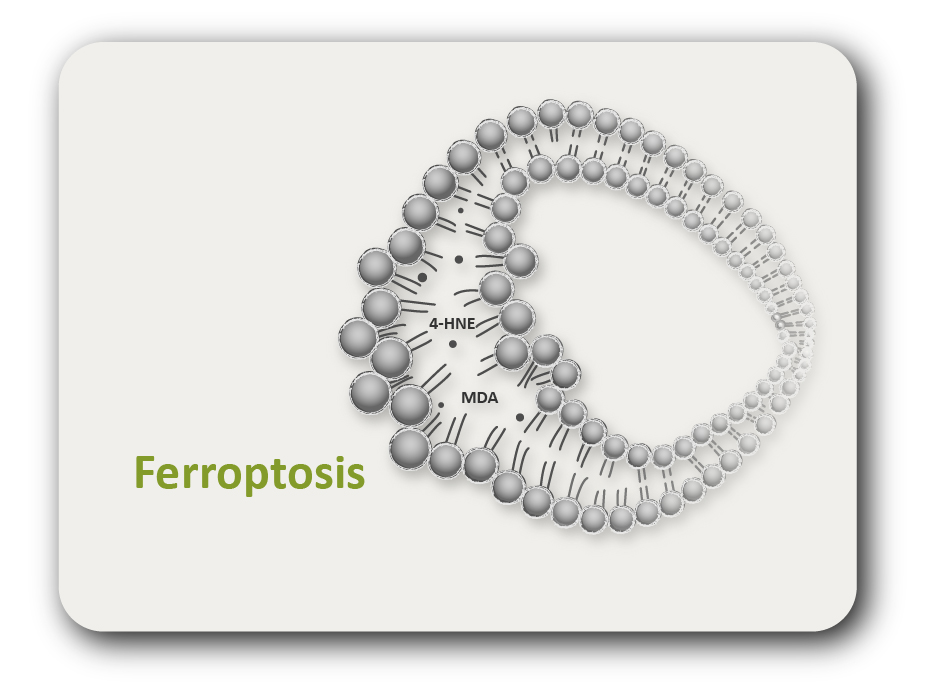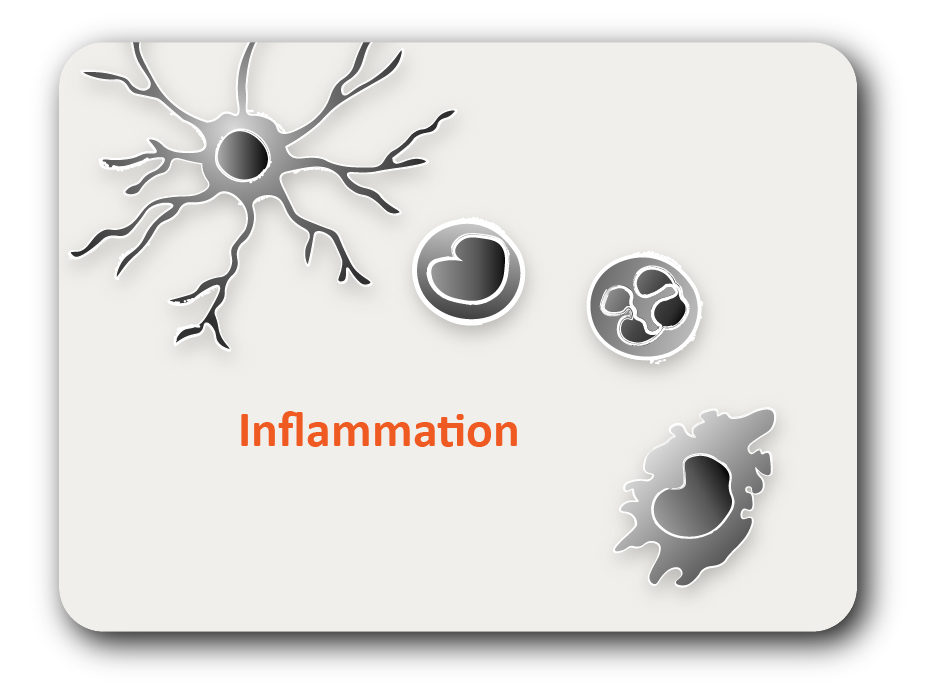ARG70486
Mouse CD120a / TNFR1 recombinant protein (His-tagged)
Mouse CD120a / TNFR1 recombinant protein (His-tagged) for SDS-PAGE
概述
| 产品描述 | CHO expressed, His-tagged Mouse TNFR1 recombinant protein. |
|---|---|
| 应用 | SDS-PAGE |
| 靶点名称 | CD120a / TNFR1 |
| 物种 | Mouse |
| A.A. 序列 | Met1 - Ala212 |
| 表达系统 | CHO |
| Protein Full name | Tumor necrosis factor receptor superfamily member 1A |
| 別名 | TNFRSF1A; TNF Receptor Superfamily Member 1A; TNFAR; TNF-R-I; TNF-R55; TNFR60; CD120a; TNF-R; TNFR1; Tumor Necrosis Factor Receptor Superfamily Member 1A; TNF-R1; TNF-RI; TNFR-I; P55; P60; Tumor Necrosis Factor Receptor Superfamily, Member 1A; Tumor Necrosis Factor Binding Protein 1; Tumor Necrosis Factor Receptor Type 1; Tumor Necrosis Factor Receptor Type I; Tumor Necrosis Factor-Alpha Receptor; Tumor Necrosis Factor Receptor 1; CD120a Antigen; TNFR55; P55-R; TBP1; FPF |
属性
| 形式 | Powder |
|---|---|
| 纯化说明 | Endotoxin level is less than 0.1 EU/µg of the protein, as determined by the LAL test. |
| 纯度 | > 95% (by SDS-PAGE) |
| 缓冲液 | PBS (pH 7.4) |
| 复溶 | It is recommended to reconstitute the lyophilized protein in sterile water to a concentration not less than 200 μg/mL and incubate the stock solution for at least 20 min at room temperature to make sure the protein is dissolved completely. |
| 存放说明 | For long term, lyophilized protein should be stored at -20°C or -80°C. After reconstitution, aliquot and store at -20°C or -80°C for up to one month. Storage in frost free freezers is not recommended. Avoid repeated freeze/thaw cycles. Suggest spin the vial prior to opening. |
| 注意事项 | For laboratory research only, not for drug, diagnostic or other use. |
生物信息
| 基因名称 | TNFRSF1A |
|---|---|
| 全名 | TNF Receptor Superfamily Member 1A |
| 背景介绍 | This gene encodes a member of the TNF receptor superfamily of proteins. The encoded receptor is found in membrane-bound and soluble forms that interact with membrane-bound and soluble forms, respectively, of its ligand, tumor necrosis factor alpha. Binding of membrane-bound tumor necrosis factor alpha to the membrane-bound receptor induces receptor trimerization and activation, which plays a role in cell survival, apoptosis, and inflammation. Proteolytic processing of the encoded receptor results in release of the soluble form of the receptor, which can interact with free tumor necrosis factor alpha to inhibit inflammation. Mutations in this gene underlie tumor necrosis factor receptor-associated periodic syndrome (TRAPS), characterized by fever, abdominal pain and other features. Mutations in this gene may also be associated with multiple sclerosis in human patients. [provided by RefSeq, Sep 2016] |
| 生物功能 | Receptor for TNFSF2/TNF-alpha and homotrimeric TNFSF1/lymphotoxin-alpha. The adapter molecule FADD recruits caspase-8 to the activated receptor. The resulting death-inducing signaling complex (DISC) performs caspase-8 proteolytic activation which initiates the subsequent cascade of caspases (aspartate-specific cysteine proteases) mediating apoptosis. Contributes to the induction of non-cytocidal TNF effects including anti-viral state and activation of the acid sphingomyelinase. [Uniprot] |





